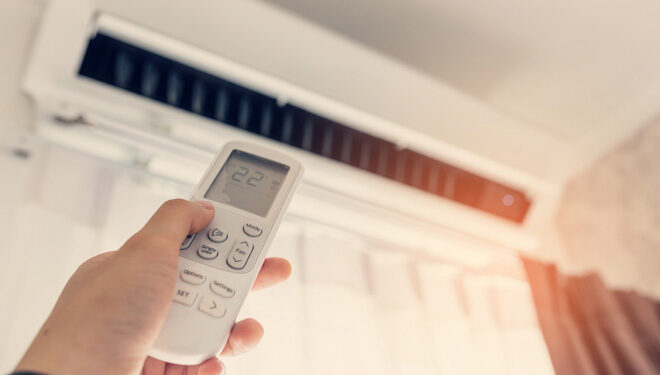As temperatures climb, so do our energy bills, particularly due to the heavy reliance on air conditioning (AC) systems. However, there are several strategies that can help you use your AC more efficiently, cutting costs and reducing your carbon footprint. Here’s a comprehensive guide on how to optimise your AC usage without compromising on comfort.
1. Schedule Regular Maintenance
Regular maintenance is crucial to ensure your AC operates at peak efficiency. Over time, AC units may develop issues such as leaks or dust accumulation that can hinder performance. Scheduling a professional air conditioning service in London can help identify and resolve such issues, ensuring your system uses energy as efficiently as possible.
2. Install a Programmable Thermostat
A programmable thermostat can make a significant difference in how you use your AC. These devices allow you to set temperatures according to the time of day and are particularly useful for reducing energy consumption when no one is home. By automatically adjusting the indoor temperature, you can avoid unnecessary cooling and reduce your energy bills.
3. Seal and Insulate Your Home
Effective sealing and insulation help keep the cool air inside your home and the hot air out. Check for leaks around windows, doors, and other openings. Proper insulation in your attic and walls can prevent heat transfer and help maintain a consistent indoor temperature, allowing your AC to work less.
4. Opt for Energy-Efficient AC Units
If your AC unit is more than a decade old, it might be time for an upgrade. Modern air conditioners are designed to be much more energy-efficient than older models. Look for units with a high Energy Efficiency Ratio (EER) or Seasonal Energy Efficiency Ratio (SEER) as they consume less power for the same cooling effect.
5. Utilise Ceiling Fans
Ceiling fans can assist in circulating cool air throughout your rooms. Using fans allows you to raise the thermostat setting by a few degrees without a reduction in comfort. This slight adjustment can lead to substantial energy savings over time.
6. Draw the Curtains and Blinds
Sunlight streaming through windows can increase indoor temperatures significantly. By using curtains, blinds, or reflective window films to block out the sun, you can reduce heat gain and lessen the burden on your AC. This is an easy and effective way to keep your home cool and energy-efficient.
7. Adjust Your Thermostat Wisely
The optimal temperature setting on your thermostat during summer should be around 25°C when you are at home. Setting the thermostat to a cooler than necessary temperature does not cool your home faster; rather, it makes the AC run longer, increasing energy use.
8. Avoid Heat Build-up During the Day
Try to avoid activities that generate a lot of heat, such as cooking on the stovetop and using the oven or clothes dryer, during the hottest parts of the day. Instead, use these appliances in the evening or early morning when it’s cooler outside.
9. Ventilate Your Attic
Hot air rises and can get trapped in your attic, leading to higher indoor temperatures. Proper ventilation in the attic allows this hot air to escape, reducing the workload on your AC. Consider installing attic vents or fans to improve airflow.
10. Regularly Replace or Clean AC Filters
Dirty filters restrict airflow and can significantly decrease the efficiency of your AC. To maintain optimal performance and air quality, clean or replace your AC filters every 30 to 90 days, depending on usage.
By implementing these tips, you can enhance the efficiency of your air conditioning system, reduce energy consumption, and enjoy a cooler home during the warm months. Remember, an efficient AC not only helps in reducing energy costs but also contributes to a lower environmental impact. And if you need professional help to ensure your AC is in top shape, consider a reliable air conditioning service in London to keep your system running efficiently.











